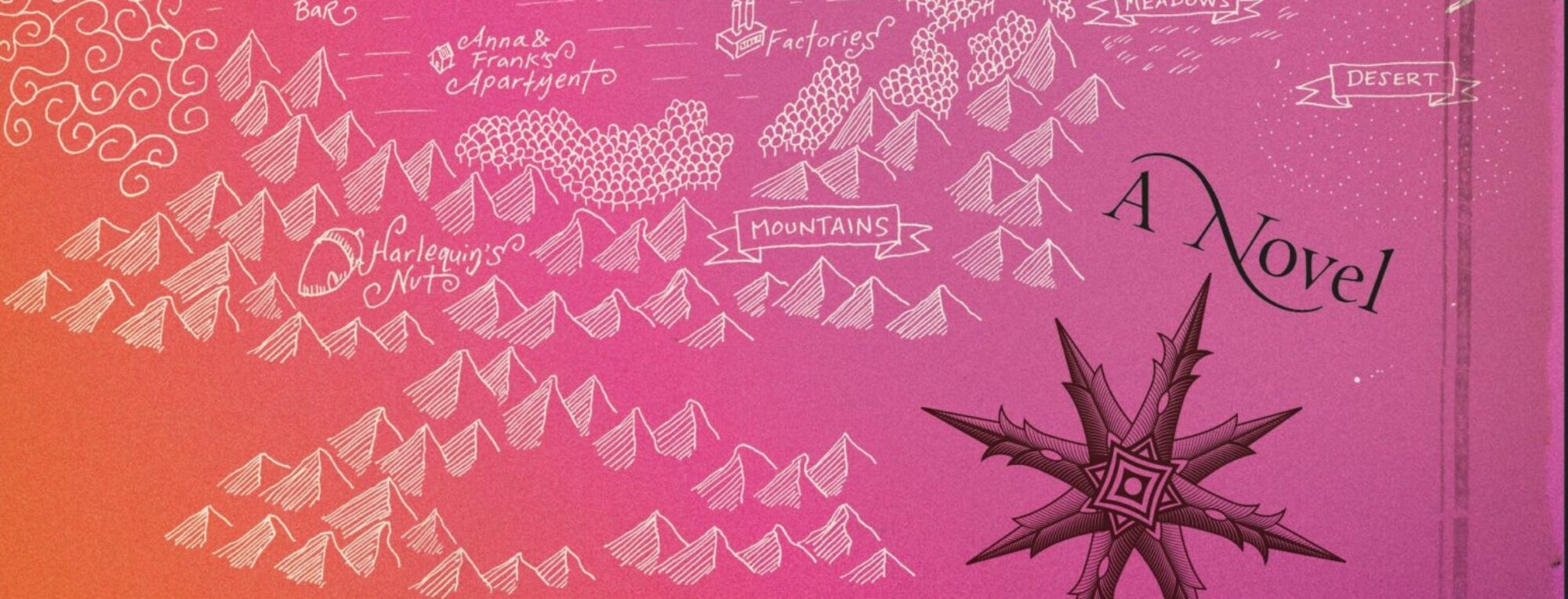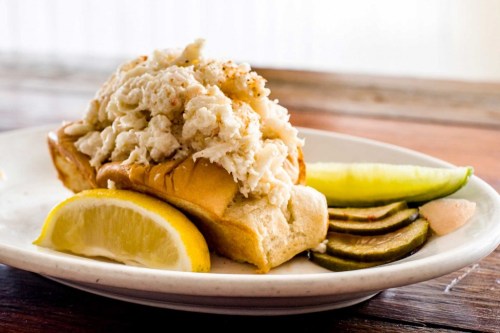Review of Brooklyn seafood restaurant Littleneck, by me in Gay City News:
Some gay men refer to women’s bodies as “fish” or “sushi,” and as a foodie, part of me is shocked that they don’t mean it as a compliment. To me, sushi, in the form of naked, unadorned salmon, tuna or shrimp surrounding vinegared rice and a dab of wasabi, is one of the sexiest foods there is. Lobster, oysters, clams, and scallops are even sexier, with a combination of bracingness, sweetness, salt and the teeniest little bit of funk or oddity that all good sex should have.
I thought about this recently while eating the extraordinary “full belly Ipswich clam roll” at Littleneck, which tasted oceanic. I intend the word in all its meanings here: Freud used “oceanic” when he was talking about religious feeling, which he related to the newborn’s sense that there was a limitless supply of milk available for it, and that it was absolutely at one with its mother. That is how I felt eating that clam roll, one of the few fried foods I am willing to eat on a regular basis (because it’s just so damn worth it). I admit I love cheap, random clam rolls, too, but this was a costly ($17), superlative clam roll, utterly fresh, and tasting clean and frisky at once. (It comes with homemade tartar sauce and two kinds of pickles.)
Littleneck, in Gowanus, Brooklyn, is a great date restaurant, with a smart, queer-friendly staff and an attractive room full of nautical gear. There are a lot of sailors’ ropes, a beautiful, tiny mirror inserted in a porthole, a waggish lamp with Captain Ahab as its base. I usually don’t like the decorating style known as Shabby Chic (why do rich people think it’s pretty not to repaint or fix things?) but Littleneck made me reconsider this reflex. There are white-enameled metal tables that suggest the ’50s, and white, not-fully-painted wooden chairs and hutches that suggest a dilapidated beach shack somehow made elegant. Edison bulbs, a punk-rock mirror over the bar partly smeared with black paint, and flowers on every table round things out.
The casual butch style made me feel at home, but the charm of the place made evenings there magical. One night when I visited, The Clash was playing at a gentle volume; another night, it was the Rolling Stones (less wonderful to me, but it did suit the overall aesthetic). In fact, the two polite and welcoming owners, who also serve as some of the waitstaff and bartenders, are punk musicians who had never worked in the food business before. Their generally good taste in music is another swell reason to visit (at Littleneck’s tiny sister location in Greenpoint, the extraordinary country singer Buck Owens was on the sound system one lunchtime).
A smallish lobster roll ($18) had me gasping in pleasure, with the sweetest, freshest crustacean meat in recent memory. Normally I’d be annoyed by the small size, but the lobster went straight to my brain’s pleasure centers, and I couldn’t care less. A grilled romaine salad was served in one huge paleo hunk, like a Fred Flintstone-size bone made of delicious charred vegetation ($13). It came with a strongly garlic flavored dressing (I silently applauded) and substantial chunks of bacon. My partner, Karen, insisted on attacking my plate.
For the rest of the review, click here.








